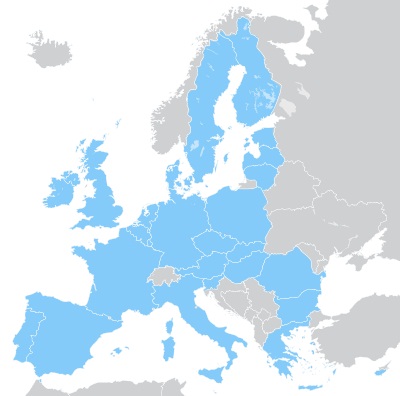EBA Clearing reports uptick in SEPA payments
EBA Clearing has reported that market participants are gradually adapting to SEPA, with peak day volumes on its Step2 clearing platform above 100 million SEPA credit transfers and SEPA direct debits.
The volumes hint that SEPA migration, which has been a slow process until now, has picked up slightly since the start of the year. According to ECB figures, the overally migration in the euro area from national payment schemes to SEPA payment instruments reached 94% for credit transfers and over 80% for direct debits in February 2014.
Step2 is a pan-European payments system and clearing platform for mass payments that connects to banks offering SEPA payment services to their customers. All Step2 balances are settled via Target2. Apart from cross-border transactions, the Step2 platform also processes domestic payments in Estonia, Finland, Luxembourg and Ireland as well as for banks in other countries such as Germany, Italy and Latvia.
“Over the past few months, our Step2 platform has served as a reliable infrastructure to support the rapid migration of the banks to the new SEPA standards at a pan-European and a domestic level,” said Gilbert Lichter, chief executive of EBA Clearing. “At EBA Clearing, we are very happy to support in this way – together with our technology partner SIA – the banks in Europe in coping with the most important challenges the SEPA migration has placed on them.
SEPA is the European Commission initiative which attempts to make cross-border payments for EU countries more efficient. Due to take effect inside the EU from August 2014 and outside it from 2016, SEPA will do this by enabling customers to use a single bank account to make electronic euro-denominated payments to anyone anywhere within the 28 EU member states. SEPA has been dogged by delays, as well as reluctance on the part of corporates to prepare. As a result, the European Commission granted a six month extension on the original 1 February deadline, although it emphasised that the extension was not really an extension, but more a period of ‘grace’ during which non-SEPA payments would still be accepted.












































